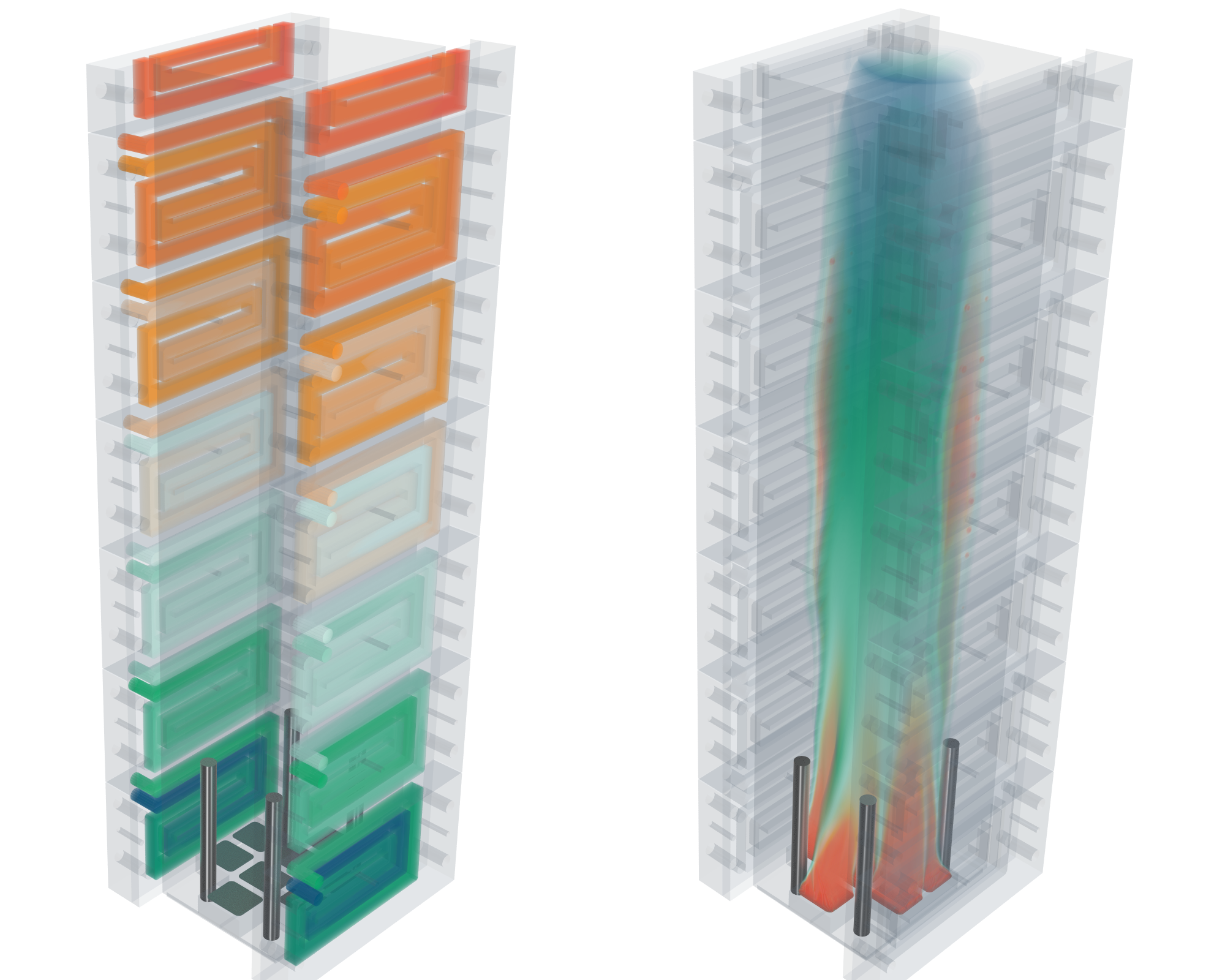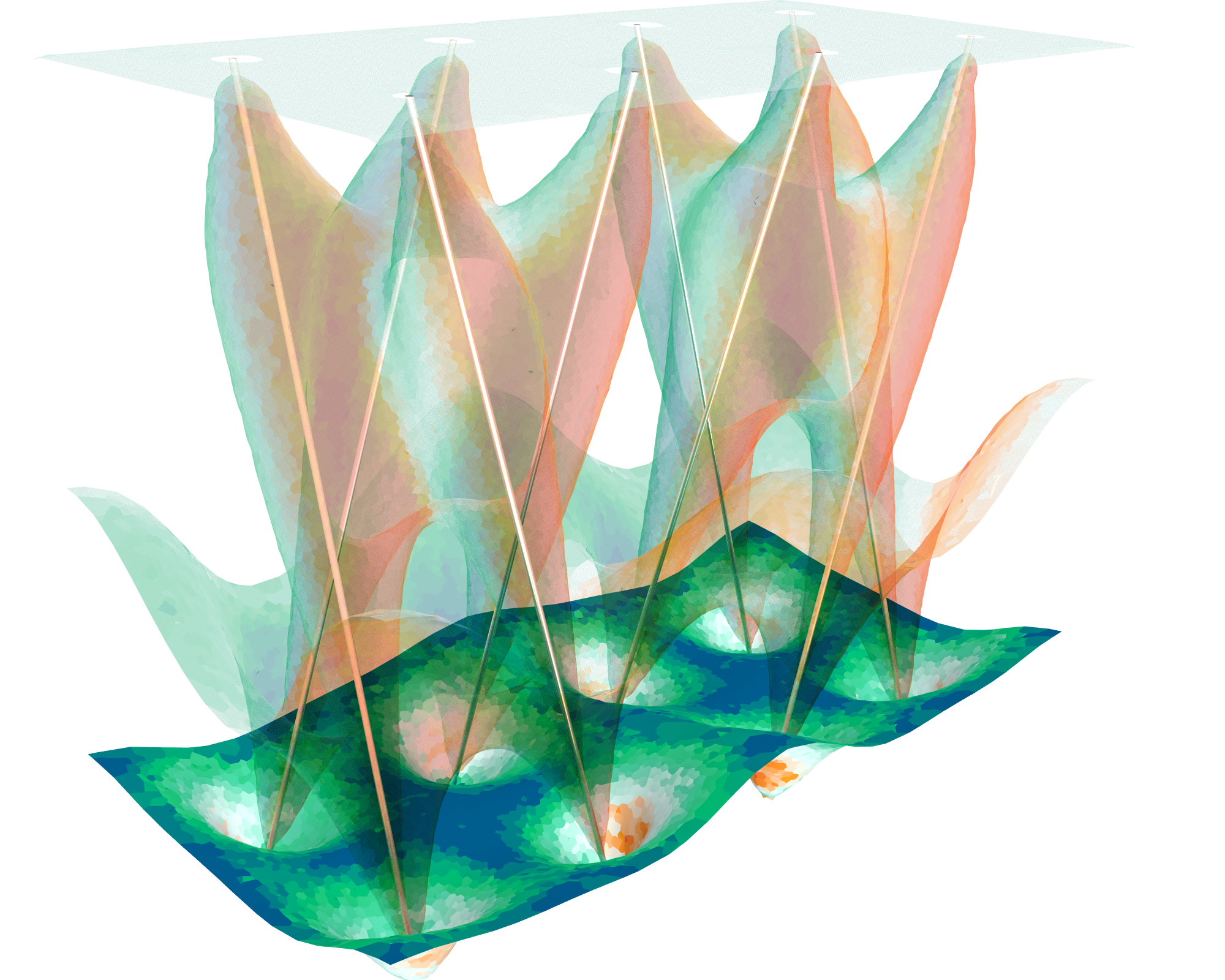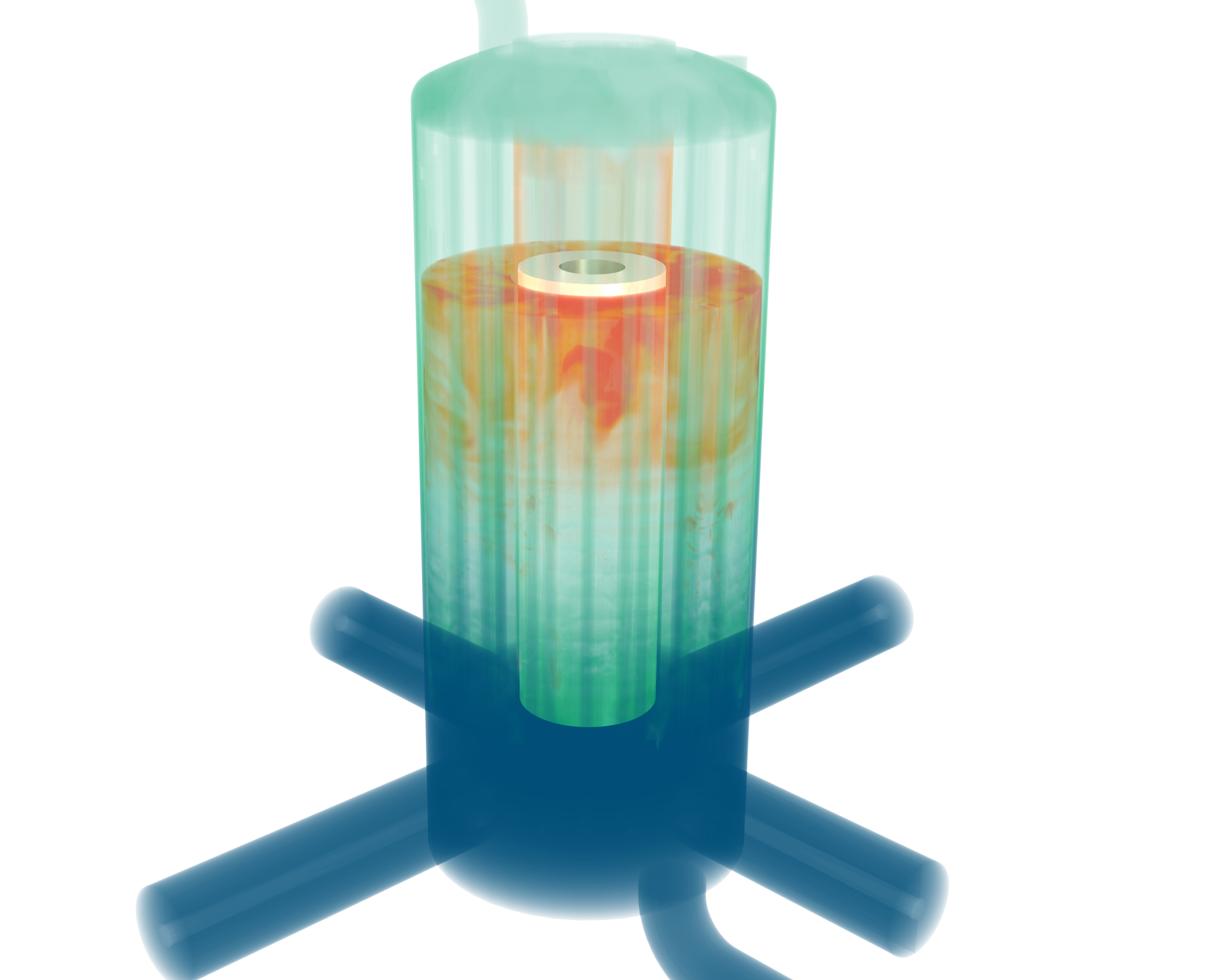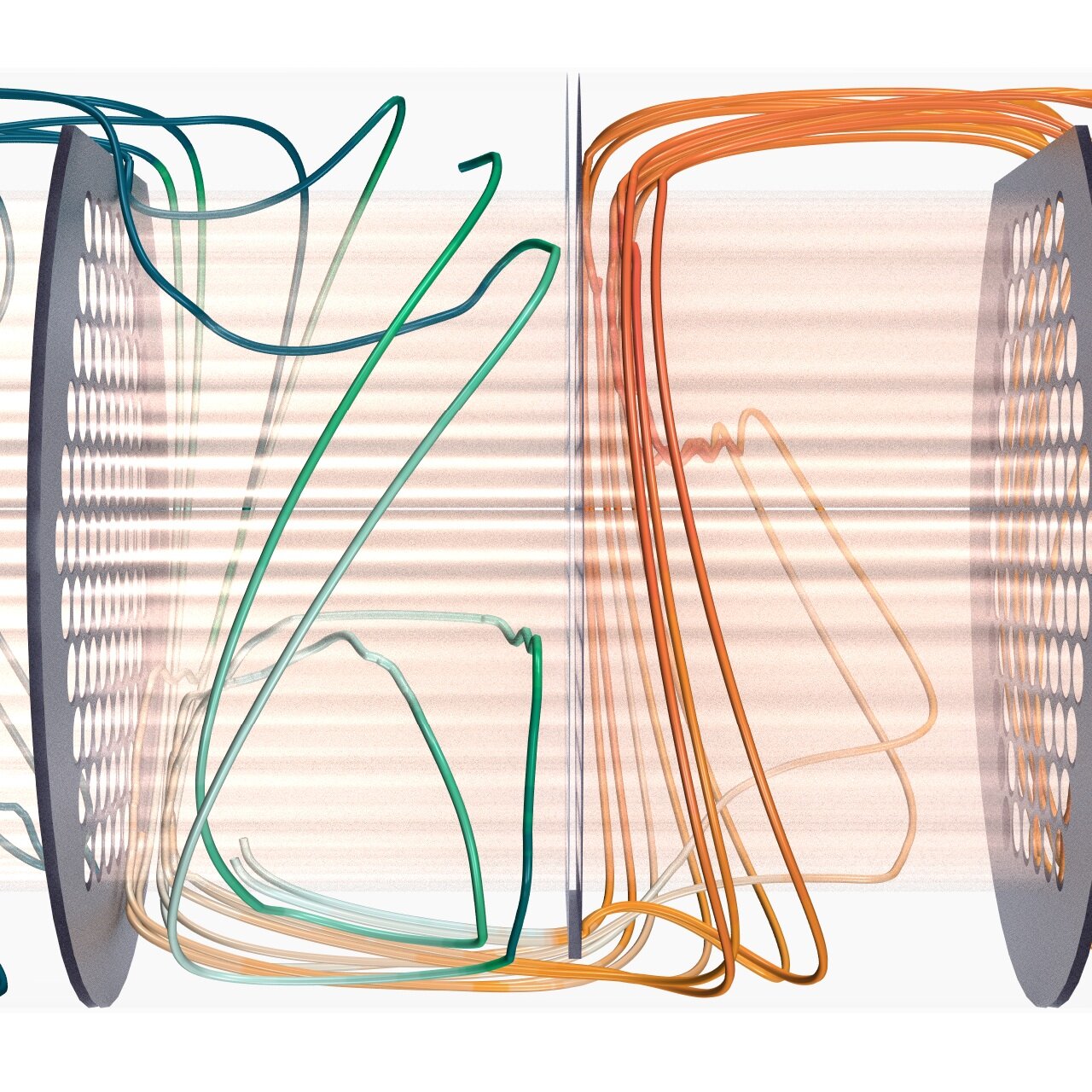F6 / HEAT TRANSFER
Heat dissipation is an important requirement for many high power density electronics. Heat transfer is integral to the performance of many processes and should be understood early in the design process. Thermal simulations are used by market leaders to address thermal design during early-stage product and process development.
Heat always flows from matter at a higher temperature to matter at a lower temperature. Simple enough, right? Read on.
In the majority of cases, designers and engineers seek to maximize heat transfer. Obvious applications that fall into this category include heat exchangers, electronic heat sinks, radiators, boilers, etc.. Many other applications, though, seek to minimize heat transfer, including cooling or freezing chambers, thermal power cycle equipment, and space heating and cooling.
Further, all kinds of non-thermal products can be impacted by heat; for example, mechanical stresses known as thermal stresses develop as a result of temperature differences and can lead to fracturing or plastic deformations.
To fully command the design of thermal-dependent products and processes requires an engineering knowledge of all four of the major heat transfer modes: conduction, convection, radiation and through phase changes.
Luckily for us, simulations also provide a digital experimental laboratory that can address all four modes of heat transfer and without reductions in prototype scale. In industries across the board, the focus on early-stage product optimization grows and with it the need for highly accurate thermal simulations that are able to predict the thermal-hydraulic performance of complex systems. These include the capability to model a wide-range of length and time scales, all modes of heat transfer, the coupled effects of multiphase flow phenomena (boiling, cavitation, and condensation), and conjugate heat transfer (through solids).



In all projects, we begin by questioning our client’s business objectives that will be impacted by our work together and the level of resources that will be needed to achieve impact those objectives.
Voltaire’s “the perfect is the enemy of the good” emphasizes that efforts and results should be balanced. Nowhere is this more true than with complex heat transfer simulations.
Take the simple example of an insulated reactor vessel where the business objective is to maximize throughput. As reaction rates will be dependent upon mixing and temperatures, a fully accurate simulation will include the physics of heat transfer through the shell of the reactor vessel, the insulation material, and into the surrounding environment.
The brute force method is to model, physically in 3-dimensions, these materials as well as the motion of the surrounding environmental fluid, which in most cases would be air. One might even consider simulating a range of environmental conditions (wind speeds, temperatures, moisture contents) and the impacts of time-dependent phenomena such as daily solar radiation cycles. This 99% level of effort would provide a 99% level of accuracy answer.
In most cases, though, such an effort is not called for and would be ill advised. A 95% level of accuracy answer will be more than sufficient in evaluating which of two competing reactor designs are the better choice, for example. This is because the resistances to heat transfer through the shell, insulation and to the environment form a network with a levelized impact on performance across all scenarios and which is easily and accurately modeled through lower order models. For this purpose we are commonly using a combination of shell and environmental boundary conditions on the interior of the tank that models the impact of the conduction, convection and radiation heat transfer through the solids and to the external (environmental) side of the boundary.
On the opposite end of the spectrum, a steam boiler is a complex heat transfer device that requires the fully-coupled simulation of convectively driven steam flow within a tubular network. In that case, specific and localized heat transfer effects related to the design of fins and webbing on external heat transfer surfaces is critical to performance and drives the inclusion of the full physical modeling of the steel shell tubes and appendages. In some cases, one might argue that flame dynamics on the gas-side of the boiler tubes can be simplified as a constant rate heat input, while more demanding applications might also require the full combustion simulation in that regards. Again, the level of effort should be matched to the intended business objective through the fidelity needed.






